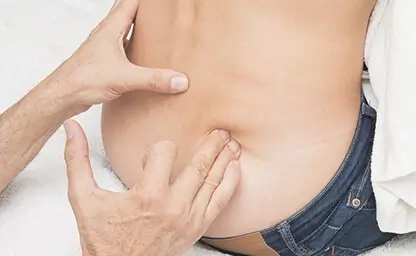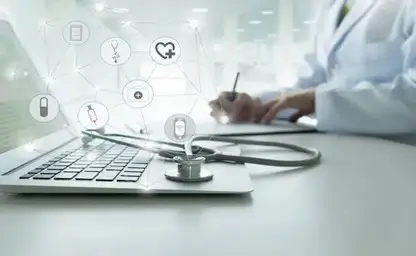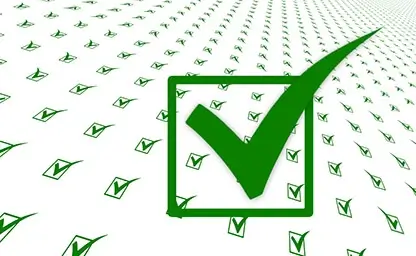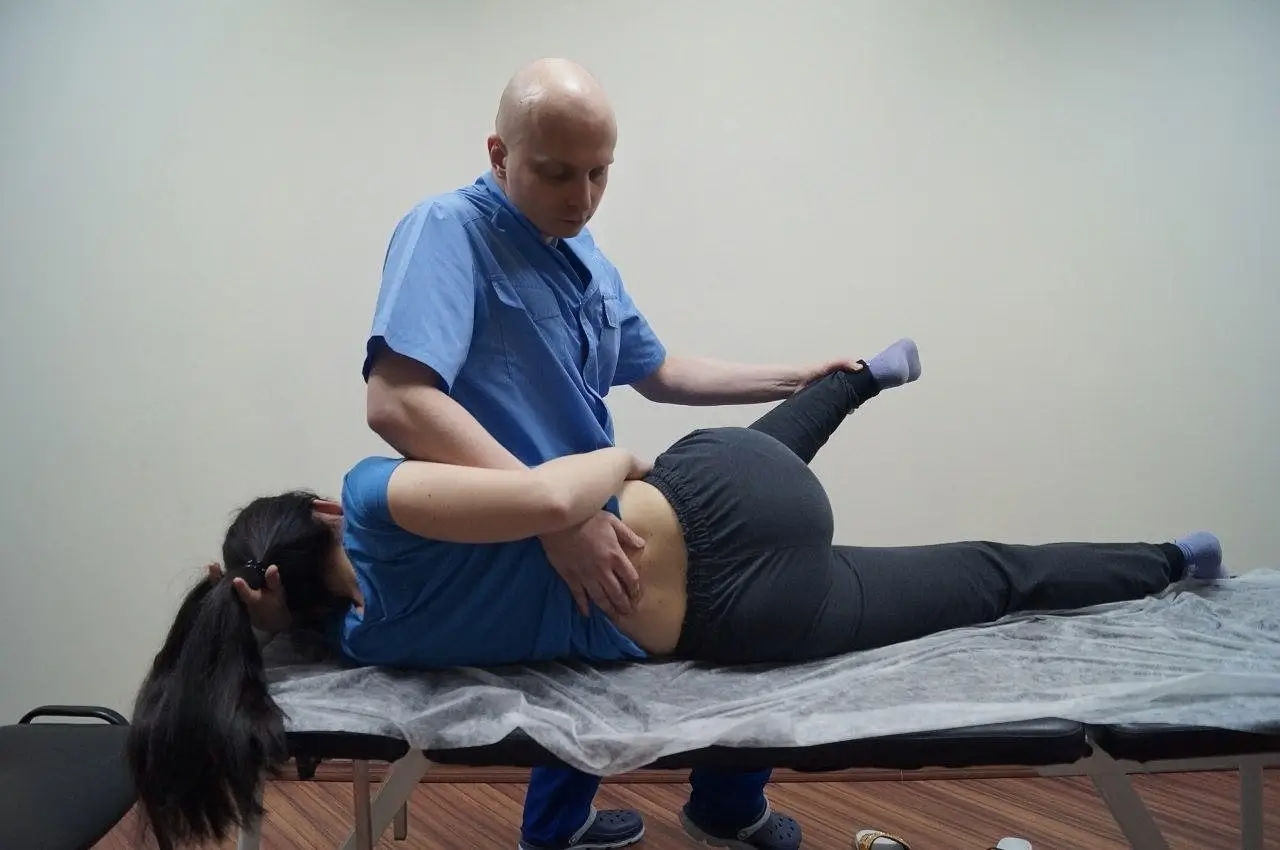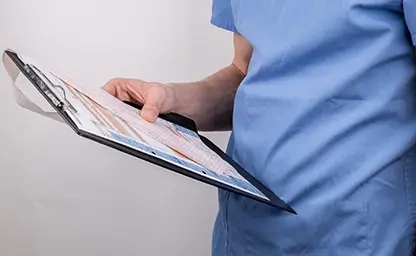

The osteopathic consultancy
Online consultation with an osteopath is essentially the most creative adaptation of my 15 years of practical experience. It is easier for me in this regard, as I have always been interested in recommending something for patients to do at home, which greatly helps in achieving stable treatment results.
Video Consultation
- Duration: 45-60 minutes.
- Collection of medical history and symptom assessment.
- Preliminary diagnosis.
- Recommendations and answers to questions. Price - €40
Our Actions
- An optimized algorithm developed through practice:
- We confirm the time of the consultation, the communication method, and proceed with payment.
- Before the consultation, you may describe your problem, send research data, etc.
- The consultation itself.
- Some recommendations may be provided later in writing with illustrations.
My Online Consultation System
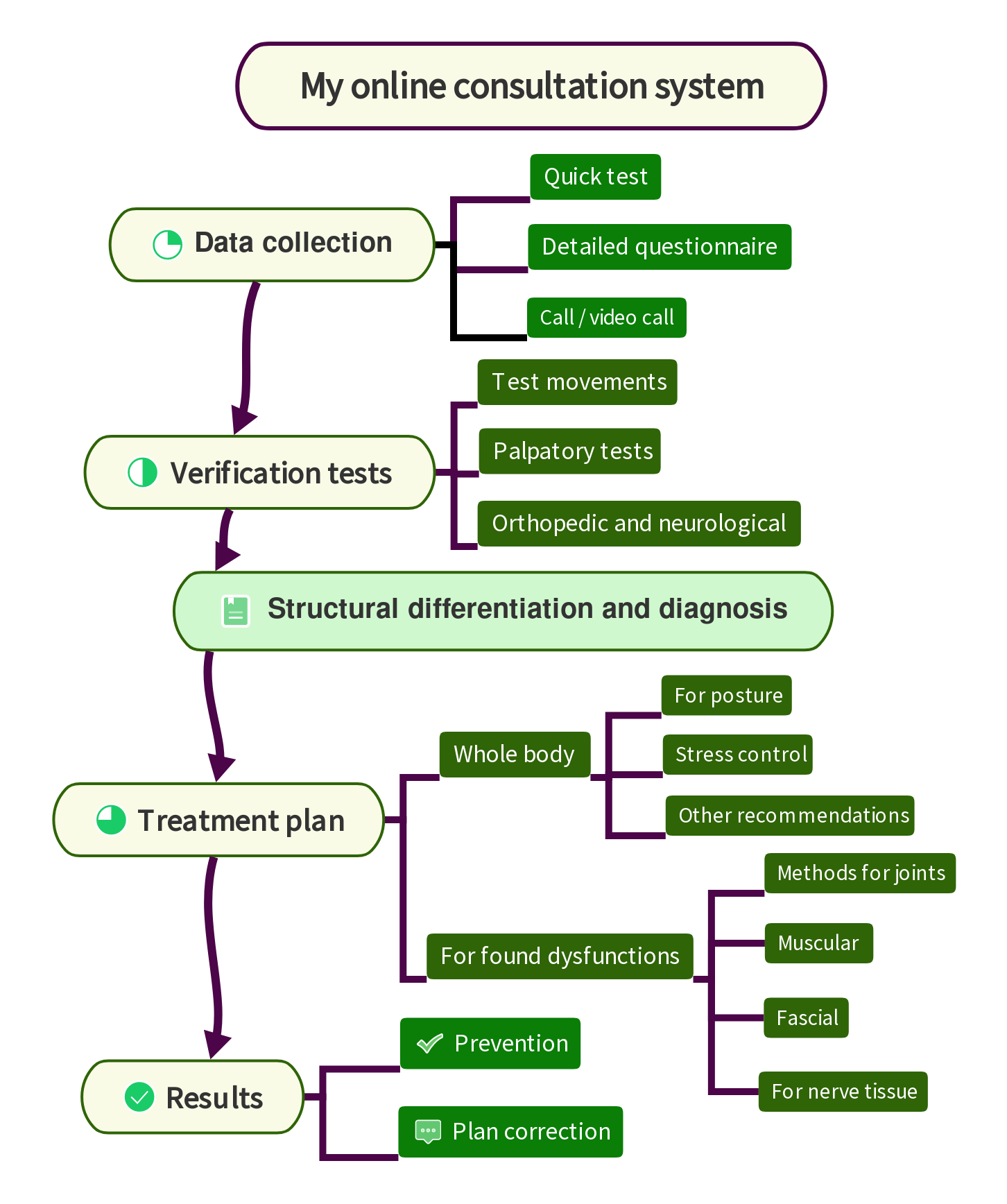
Information Gathering – Diagnostics
- History of symptoms and their behavior. In addition to basic movement tests, there is a wide range of specialized tests for different tissues to identify dysfunctions. These will be tailored based on questionnaire data to clarify and verify possible causes of symptoms.
- Test movements. Beyond basic movement tests, various specialized tests help identify tissue dysfunctions and will be tailored individually.
- Palpatory tests. Similar to test movements, they confirm certain dysfunctions. For example, is pressing on this muscle painful, how painful, does the pain radiate, and so on. These tests are accompanied by anatomical illustrations and explanations.
- Research data and clinical tests from orthopedics, neurology, and other fields. This includes additional clarifying questions to hypothesize or rule out specific dysfunctions or diseases. Particular attention is given to "red flags" – symptoms indicating potentially serious conditions.
Structural Differentiation and Diagnosis
An essential part of the approach is identifying the specific structure with dysfunction (often reversible impairment of function). For example, not just "a nerve is pinched," but the ulnar nerve in the cubital canal, or referred myofascial pain in the arm originating from the infraspinatus muscle of the scapula, or fascial restriction in the lumbar extensors, or functional blockage of the right sacroiliac joint, etc.
Treatment Plan
Regional techniques for identified dysfunctions
Specific techniques for individual tissues (joint, muscle, fascia, or nerve), selected based on previous tests. Accompanied by detailed instructions, illustrations, and, if possible, videos. Techniques are categorized into movement-based, massage, and combined. Additional support methods like taping may also be used.- Joint techniques. Various mobilization techniques to improve joint mobility.
- Muscle techniques. Special attention to myofascial pain and dysfunctions.
- Fascial techniques. Improving fascia mobility in areas prone to restriction and addressing connected mobility issues in fascial chains.
- Nerve techniques. Reducing nerve compression in narrow passages – tunnels.
Holistic techniques for the entire body
- Stress management. Recommendations or a deeper, long-term program to learn relaxation techniques.
- Posture improvement. Basic recommendations and exercises or a detailed program for testing and correcting weak and shortened muscles.
- General wellness methods and other recommendations. Personalized advice based on consultation results, addressing harmful factors or general recommendations such as workplace ergonomics or consultations with other specialists.
Results
- Evaluation of progress and plan adjustment. Assessment of progress over time and necessary adjustments to the treatment plan.
- Long-term management potential. After addressing the main concerns, we can explore hidden dysfunctions that negatively impact overall health.
Examples include:
- Correction of imbalances caused by weakened or shortened muscles.
- Training in effective relaxation techniques.
 Write on WhatsApp
Write on WhatsApp
Write on Telegram
